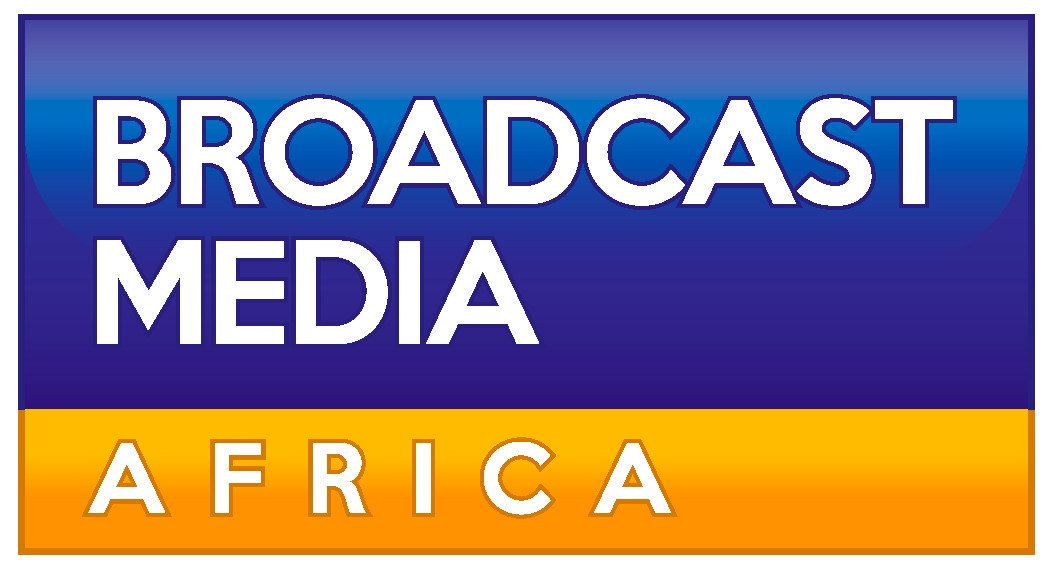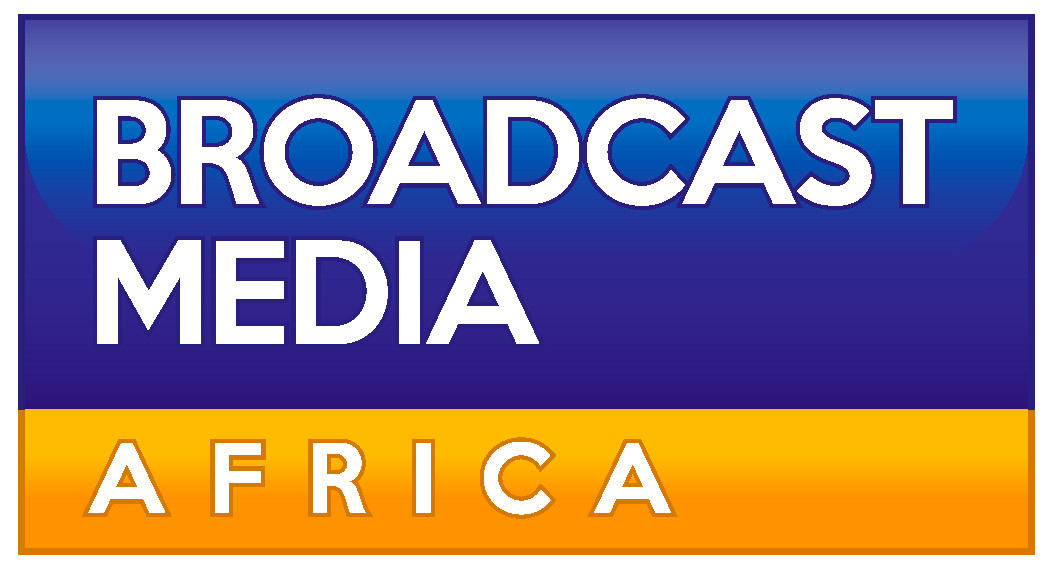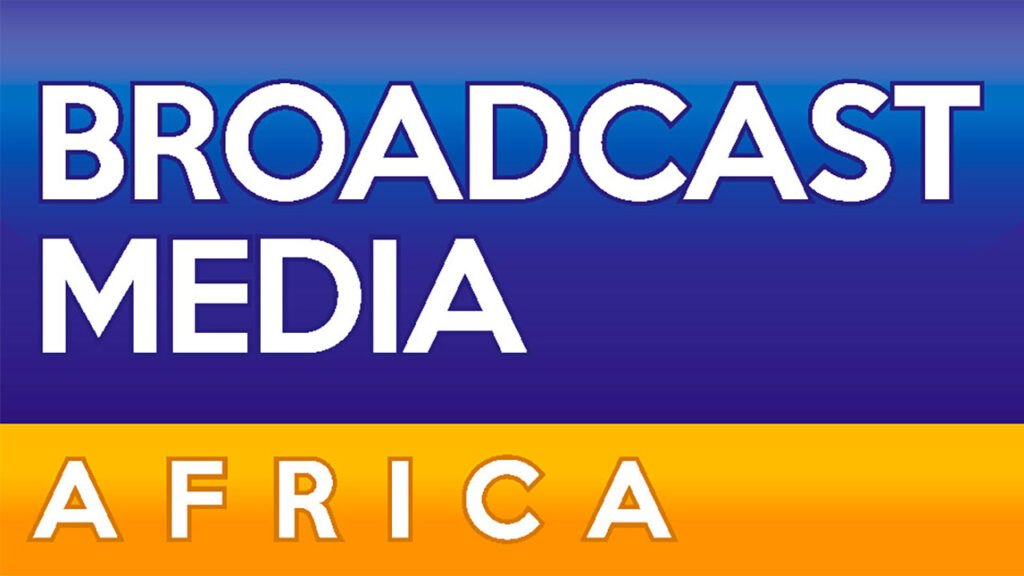
Broadcast Media Africa has learnt that Amazon is working to get regulatory approval in South Africa before launching its rival Project Kuiper service globally.
Vodafone and local subsidiary Vodacom announced in September last year that they plan to use Project Kuiper’s network to extend 4G and 5G services to underserviced customers in Europe and Africa.
Vodacom said it would specifically target areas where it may otherwise be challenging and prohibitively expensive to serve with traditional fibre or microwave backhaul connections.
The companies explained that Project Kuiper would connect geographically dispersed cellular antennas to their core telecom networks.
Amazon said it would partner with Vodafone to roll out Project Kuiper’s services to unserved and underserved communities worldwide.
Project Kuiper’s product and business development head, Naveen Kachroo, also recently told News24 they were discussing with the Independent Communications Authority of South Africa (Icasa).
Kachroo said their approach is to engage early with regulators, as each country has a regulatory framework with which to comply.
Amazon’s approach stands in stark contrast to SpaceX’s strategy with Starlink.
Starlink’s strategy has been to launch first and deal with questions later, which has landed it in hot water with several African regulators.
This is thanks to its global and regional roaming services that have allowed subscribers to use Starlink in countries where it has not officially launched.
IcasaSePush, a large provider of Starlink dishes to South Africa, has also given a kit to the non-profit PinkDrive, which uses it for mobile cancer screenings in remote areas.
Starlink was officially approved in Zimbabwe and Botswana in May, with expected launch dates in Q3 2024. Starlink has also said it intends to launch in Namibia this year.
South Africa no longer expects a Starlink launch date since Icasa changed the ownership requirements of network operators in the country.
Icasa also warned in November last year that Starlink was not properly licensed in South Africa.
It does not have the requisite network, service, or radio frequency spectrum licences to offer its services in South Africa.
To obtain these licences, Starlink must either establish a local entity that is 30% owned by historically disadvantaged groups or partner with one.
However, a threat also hangs over South Africa’s telecommunications industry. These requirements could become much stricter at a moment’s notice.
Icasa promulgated regulations in 2021 stipulating that national network operators must be 30% black-owned.
The new regulations suspended these requirements until a later commencement date, which Icasa has yet to announce.
It is believed that this regulatory uncertainty and the ownership requirements themselves have caused Starlink to deprioritise South Africa’s launch.
As a result, South Africa could become an island without official Starlink coverage while all our neighbours enjoy the service’s benefits.
MTN announced in December last year that it is in talks with Starlink and several other Low-Earth Orbit satellite broadband companies regarding partnerships to provide coverage in under-served areas.
This includes direct-to-cell technology, fixed connectivity for enterprise customers, and backhaul connectivity to cellular sites.
Vodacom’s parent company has also partnered with AST SpaceMobile to trial direct-to-cell connectivity, successfully tested in April last year.









